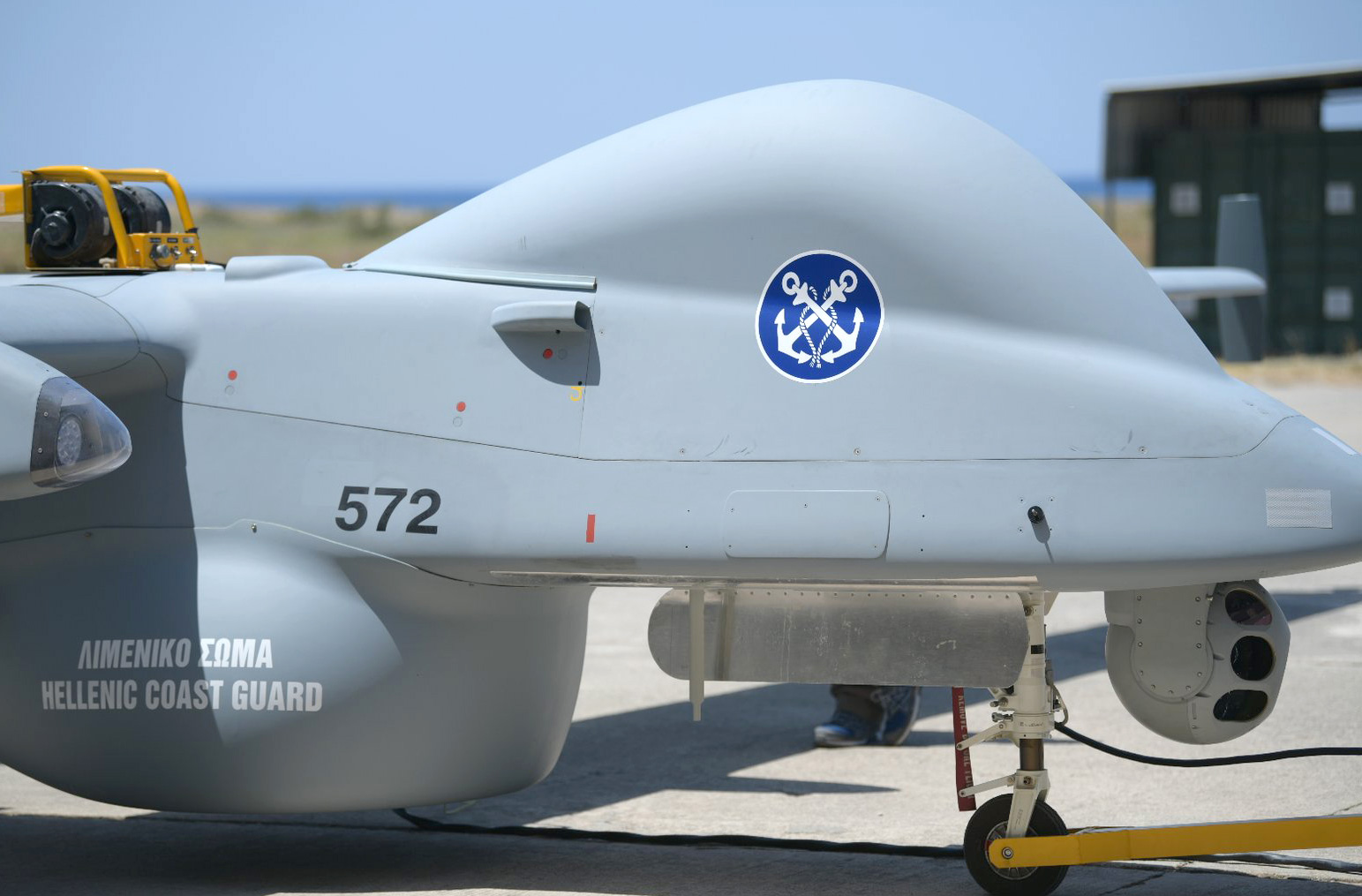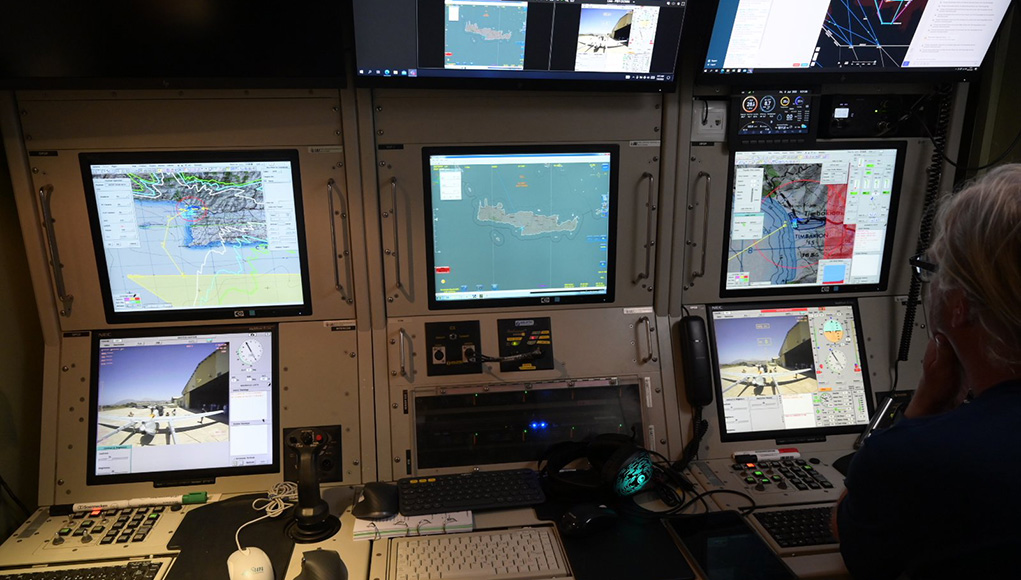Elbit Systems has signed a 1.5-billion-shekel (approximately $400 million) contract with Israel’s Ministry of Defense to establish an aerial bomb manufacturing bombs for the Israeli Air Force. In the past, the government-owned IMI operated this factory before Elbit Systems acquired it. This strategic move aims to reduce Israel’s dependence on bomb supplies from abroad.
Elbit System’s product portfolio comprises a wide range of aerial bombs and deep penetrator bodies with precision-guided aerial weapons. Until recently, Israel’s defense companies focused more effort on the advanced, precision guidance kits rather than the explosive and bunker buster bombs used as warheads, considered by many as ‘commodities.’ The shortage of bombs and other munitions emphasized the need for Israel to maintain local supplies of ammunition. The company currently operates several production lines for manufacturing artillery and tank rounds, mortar bombs, and small-caliber ammunition. Expanding those lines is part of Israel’s broader strategy to strengthen domestic production capabilities and expand manufacturing lines within Israeli industries, as outlined by the Ministry of Defense.
Anduril and FlackTek Partner to Transform Rocket Motor Production
Anduril Industries announced a strategic partnership with FlackTek to enhance rocket motor production capabilities for defense and commercial applications. FlackTek is known for its high-velocity bladeless mixing and processing solutions to develop and manufacture the world’s most advanced mixing machine — the Mega FlackTek, also known as “The GOAT” — in Boulder, CO. Anduril Rocket Motor Systems is building and scaling a smarter, more agile production pipeline for Solid Rocket Motors (SRMs).
This larger and more advanced dual asymmetric centrifugal machine will power a more than ten-fold increase in Anduril’s production throughput, which amounts to a more than 24x increase in production throughput compared to conventional planetary mixers of a similar size. For most tactical rocket propellants, the new mixer will match the throughput of a traditional 500-gallon bladed mixer. It will exceed that throughput for high-performance formulations that typically take longer to mix. FlackTek machinery also provides exceptional repeatability, minimizes waste, and ensures safer working environments through enhanced safety features, consistent processing, and minimizing exposure to energetic material hazards.
FlackTek technology enables Anduril to focus on mission-critical projects without being burdened by the inefficiencies of traditional manufacturing processes. This enhances Anduril’s ability to deliver solid rocket motors to the most critical defense programs at greater speed and scale.

Dassault Aviation Launches MRO Subsidiary
Dassault Aviation announced a dedicated Maintenance, Repair, and Overhaul (MRO) company to support military aircraft, enhancing through-life support services for Rafale and Falcon fleets. This strategic move aims to improve the company’s ability to address the life support needs of the growing global fleet of Rafale fighter jets, and the evolving needs of its military customers, and the development of the Future Combat Air System (FCAS).
The new entity, a wholly-owned subsidiary of Dassault Aviation, will begin operations on January 1, 2025. It will be headquartered in Mérignac, near Bordeaux, and employ approximately 1,000 staff members. The company will focus on providing through-life support services for Rafale and Falcon aircraft in government service and for the Atlantique 2 (ATL2) maritime patrol aircraft.

Pratt & Whitney Opens Largest Military Engines Facility in Oklahoma City
Pratt & Whitney, an RTX business, has inaugurated its new 845,000-square-foot facility in Oklahoma City, Oklahoma, marking a significant expansion of its military engine operations. The $255 million investment establishes the site as Pratt & Whitney’s largest military engines field location, designed to support the growing demands of U.S. and global defense customers for various engine programs, including the F135, F117, TF33, F100, and F119.
The new facility, which more than doubles Pratt & Whitney’s footprint in Oklahoma City, will serve as a hub for all military engine programs and is expected to create an additional 100 full-time jobs over the next five years. The expansion features state-of-the-art automation and advanced technologies to streamline processes, improving accuracy, speed, and cost-effectiveness.
The company has recently been awarded a contract worth up to $1.3 billion to continue work on the F135 Engine Core Upgrade (ECU) for the F-35 fighter jet. The ECU is designed to enhance engine durability and provide additional power and cooling capabilities for Block 4 and future upgrades across all three F-35 variants. The contract will enable Pratt & Whitney to progress with design maturation, aircraft integration, and supply base preparation for production. This follows the completion of the ECU’s preliminary design review in July, which aligned the upgrade’s design between Pratt & Whitney and the F-35 Joint Program Office.
Leonardo DRS Opens Facility at Aberdeen Proving Ground
Leonardo DRS inaugurated a facility at Aberdeen Proving Ground to support engineering and integration work for C4ISR systems and other capabilities. The facility, which opened on October 1, 2024, features an engineering lab, specialized vehicle integration bays, and fully equipped conference rooms to improve connectivity with Leonardo DRS program personnel and technologies.
KNDS Opens Subsidiary in Ukraine
KNDS has announced the opening of a subsidiary in Ukraine. This expansion marks a significant step for the company, formed through the merger of Krauss-Maffei Wegmann (Germany) and Nexter (France).
The newly established Ukrainian subsidiary reinforces KNDS’s position in the European defense industry. KNDS, with approximately 9,500 employees, reported a turnover of 3.3 billion euros in 2023, an order backlog of around 16 billion euros, and incoming orders of 7.8 billion euros. The company’s extensive product range includes main battle tanks, armored vehicles, artillery systems, weapons systems, ammunition, military bridges, and other defense-related equipment and services; many of the armored vehicles, combat engineering, and artillery systems donated to Ukraine by the European nations are KNDS products, which will need support, refurbishment, and modernization.
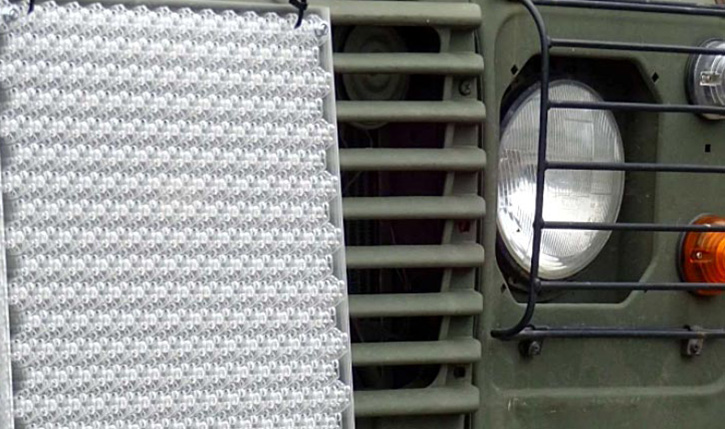
QinetiQ and Metasonixx Partnership for Vehicle Noise Reduction
QinetiQ and Metasonixx teamed up to improve vehicle cooling and noise control using acoustic metamaterials, which are vital for modern military vehicle performance. This partnership addresses two critical challenges in vehicle design: efficient thermal management and noise control.
The collaboration will leverage Metasonixx’s expertise in acoustic metamaterials, engineered structures designed to control, direct, and manipulate sound waves. By combining this technology with QinetiQ’s extensive experience in defense and security applications, the partnership seeks to create advanced cooling systems that operate more quietly and efficiently.
One key focus area of this collaboration is improving the performance of vehicle cooling fans. Cooling fans play a crucial role in regulating engine temperature but can also be a significant noise source. The partnership aims to develop cooling solutions that provide effective heat dissipation while minimizing noise output by applying acoustic metamaterial technology to fan design.
Patria Expands in Drone and Cyber Sectors
Patria received authority approval to acquire Nordic Drones Oy and expand its presence in the defense and security industry, focusing on drone systems and cyber capabilities.
The acquisitions, initially announced on June 13 and September 4, 2024, respectively, have now completed the necessary authority process. Patria has confirmed that these transactions will not impact existing customer commitments, employment relationships, or other obligations made by the company or business areas involved. The formal transfer of both businesses to Patria is scheduled for October 1, 2024.
More News This Week:




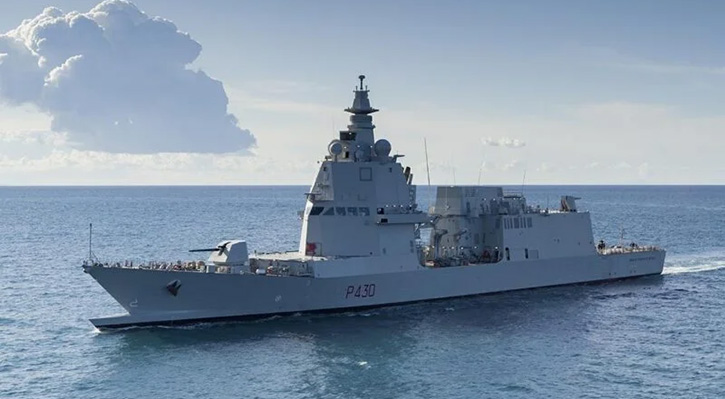


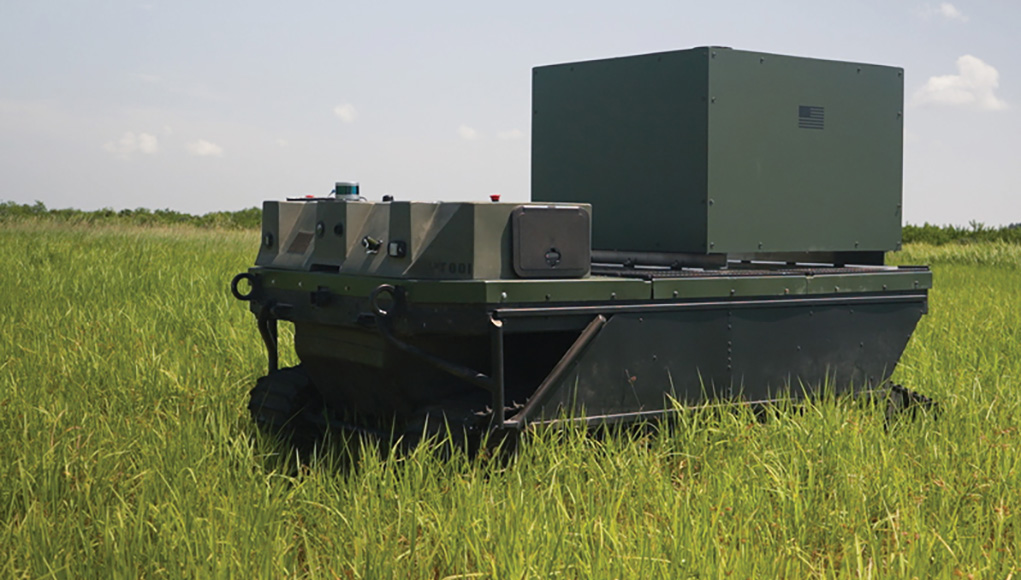

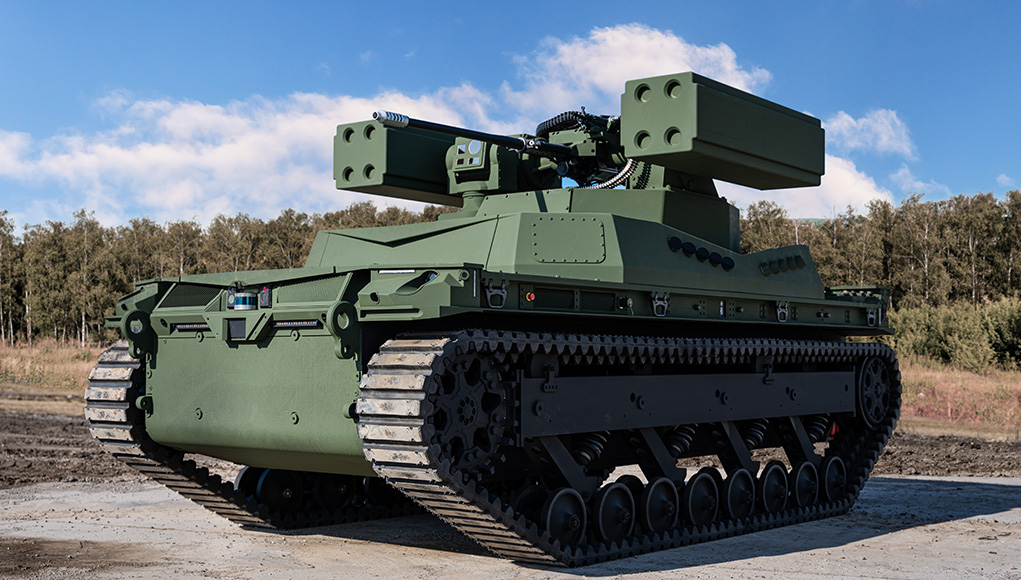
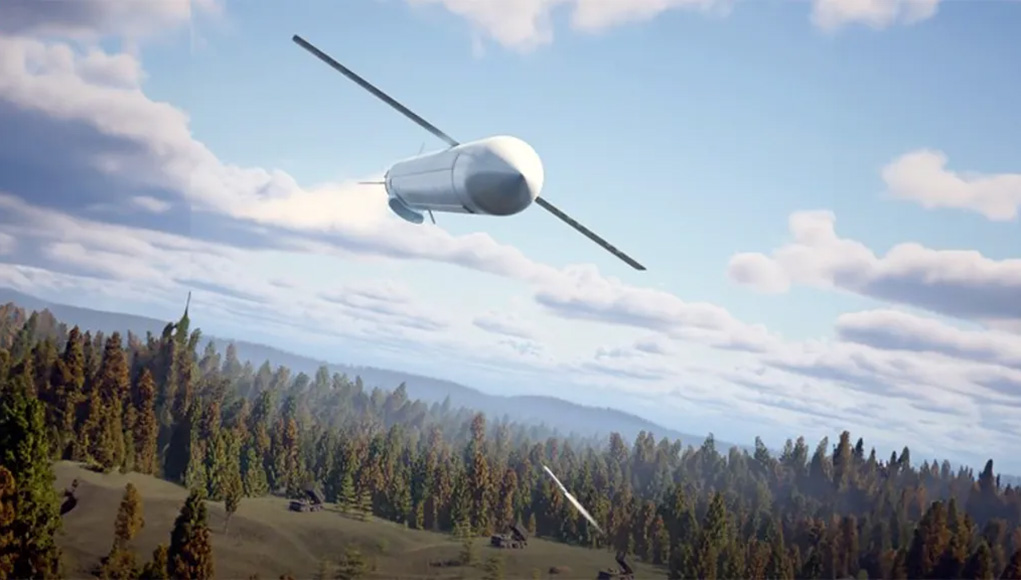
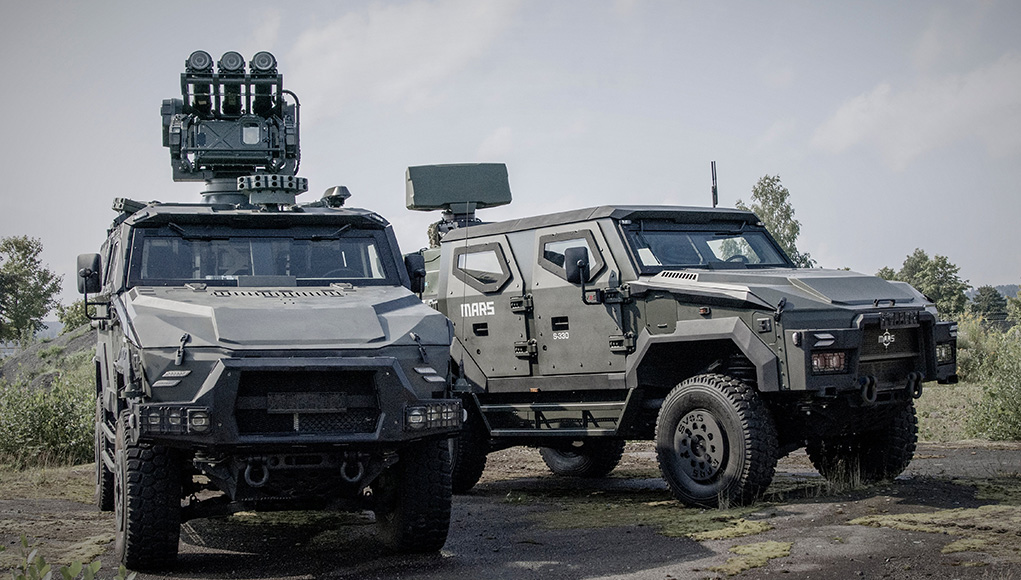
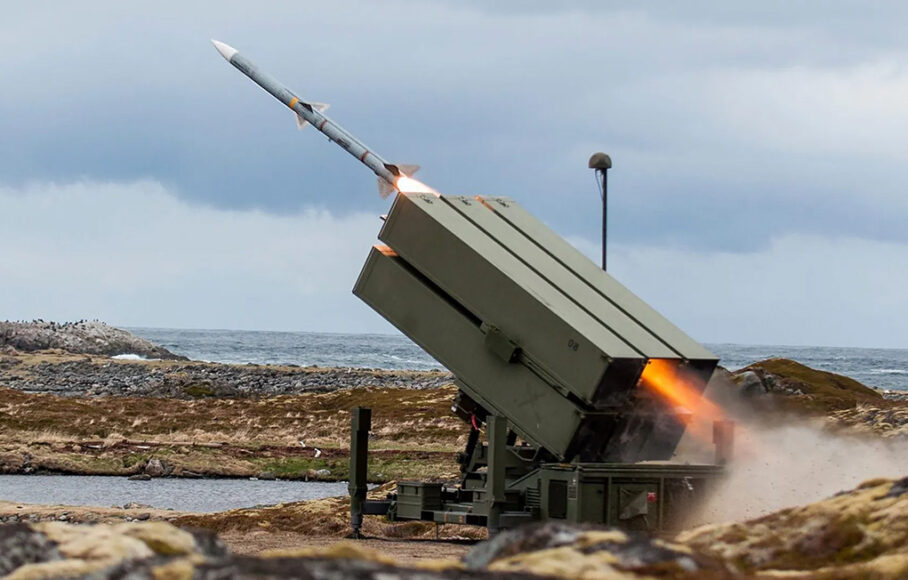 Lithuania also strengthens its mobile, short-range air defense (MSHORAD), adding a second battery of Saab RBS70 systems worth SEK 1.2 billion ($115 million). Deliveries of the new systems are expected to begin in 2026 and last through 2029. This order follows an initial MSHORAD contract announced in July 2024.
Lithuania also strengthens its mobile, short-range air defense (MSHORAD), adding a second battery of Saab RBS70 systems worth SEK 1.2 billion ($115 million). Deliveries of the new systems are expected to begin in 2026 and last through 2029. This order follows an initial MSHORAD contract announced in July 2024.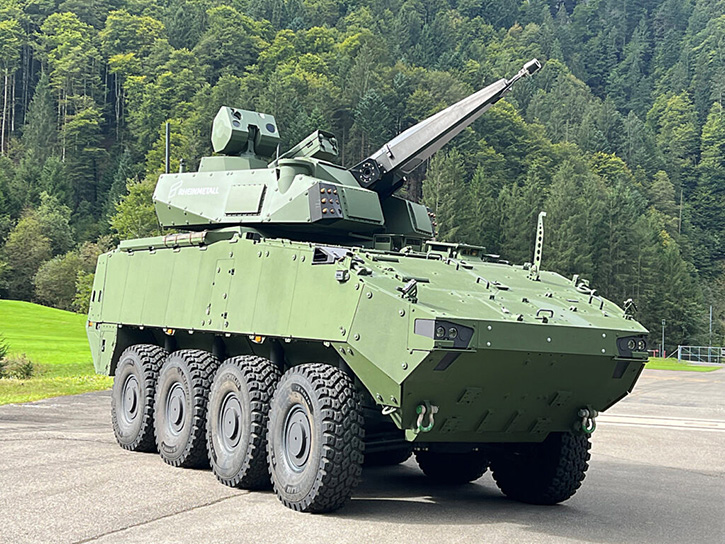


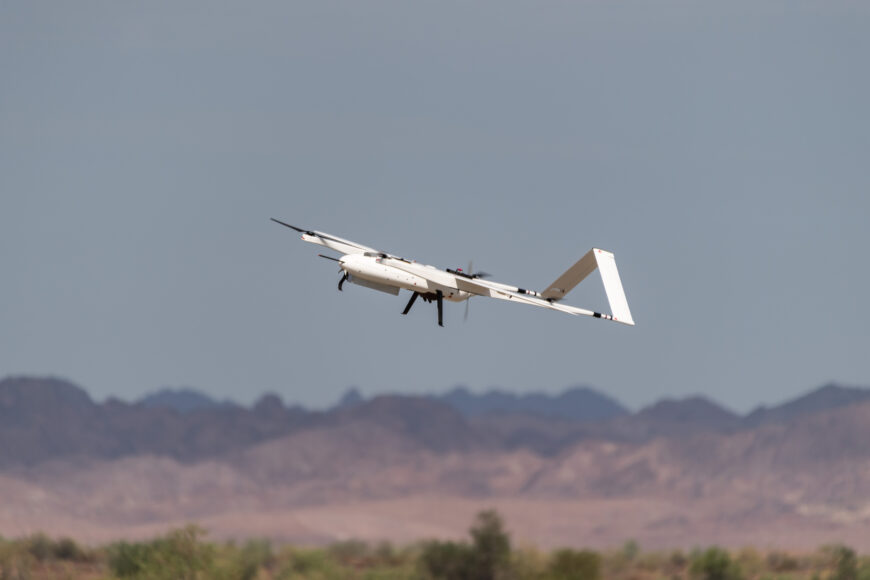

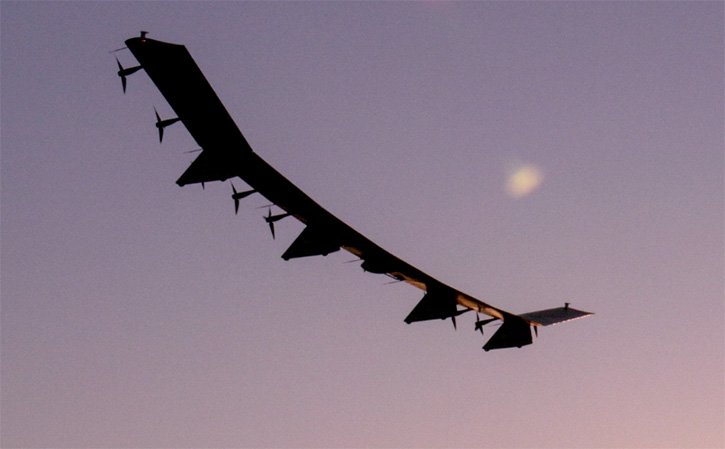
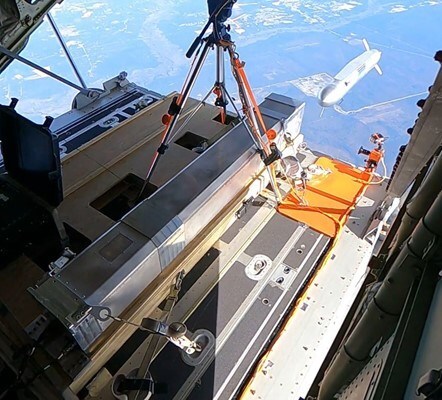
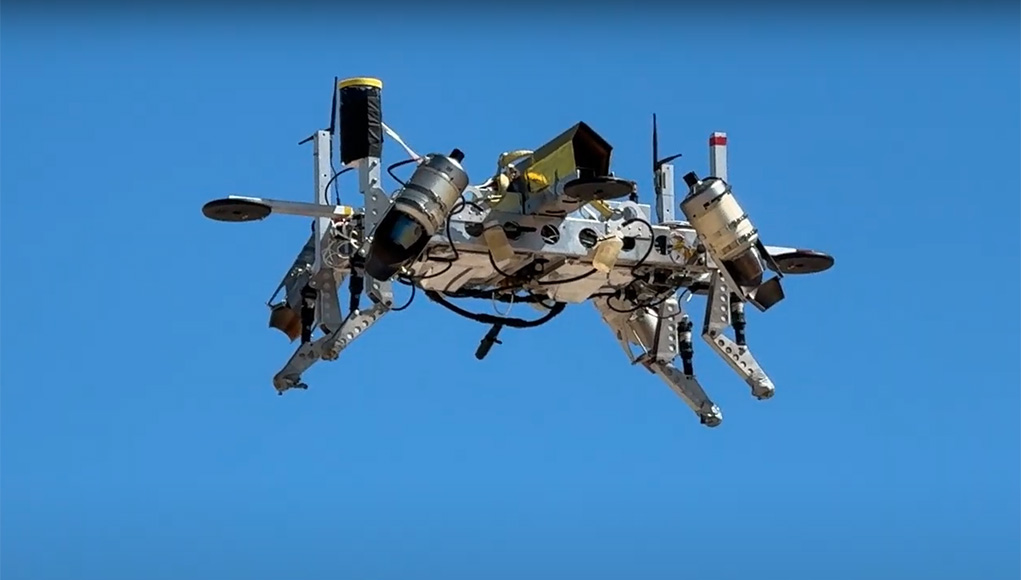
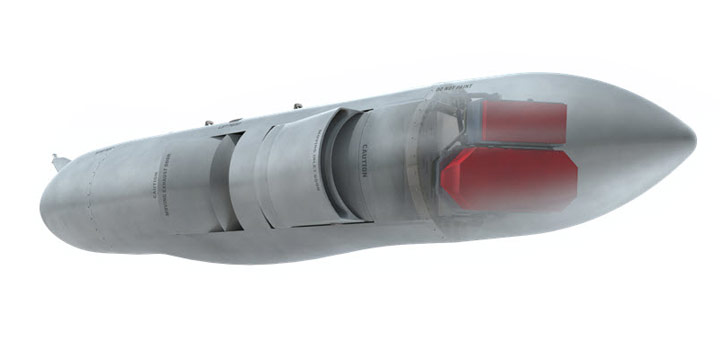

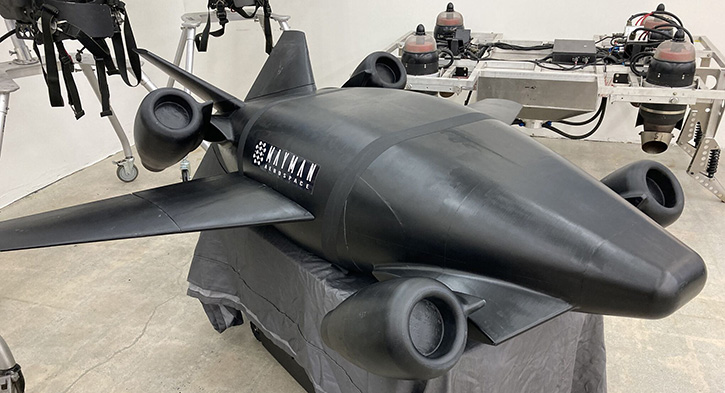


















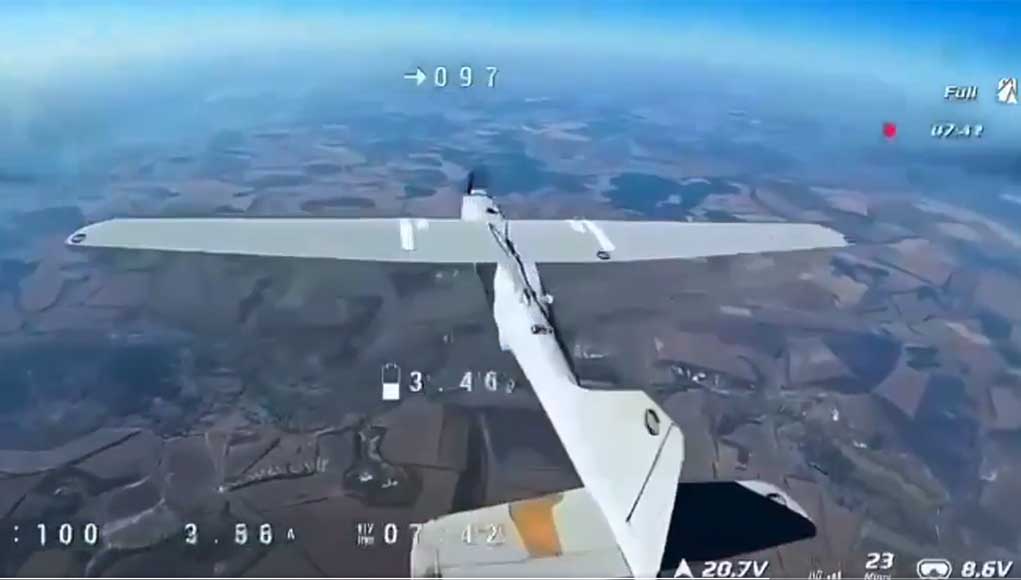



 Enduring Shield System Successfully Intercepts Targets in Flight Test
Enduring Shield System Successfully Intercepts Targets in Flight Test









